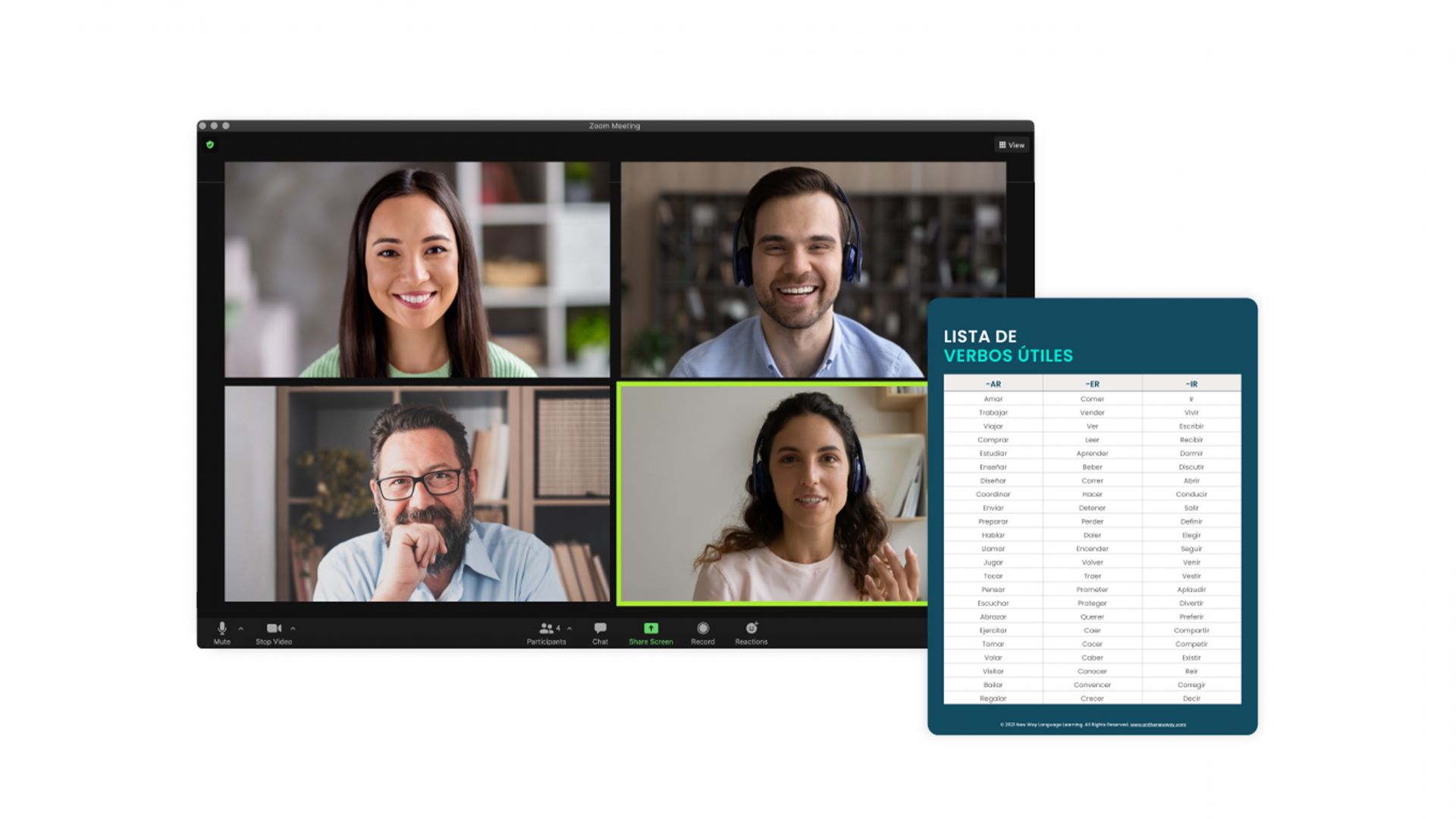- Master Spanish Weekly
- Posts
- Learning Spanish is like training for a marathon 🏃🏻♂️📚
Learning Spanish is like training for a marathon 🏃🏻♂️📚
Why slow, steady practice leads to fluency!

Hola, estudiante! ¿Cómo estás?
Bienvenid@ a Master Spanish Weekly, my little check-in to share tips, stories, and simple ways to keep Spanish part of your week.
I missed sending the newsletter the past two weeks. I was visiting my brother in Michigan and doing marathon training 😅. I overdid it and injured my IT band because I didn’t give my body enough rest. From rest and physical therapy, I realized a valuable parallel: language learning is just like marathon training.
Before we move on, let’s check today’s weather in Austin, TX.
🌤️ ¿Cómo está el tiempo hoy?
Hoy está muy soleado y la temperatura va a llegar a los 95°F (35°C) en la tarde. ¡Que calor! 🥵
¿Cómo está el tiempo en tu ciudad?
🧠 Why learning Spanish is like training for a marathon
During my recent trip to Michigan, I continued my marathon training until I pushed too hard and injured my IT band😅. That experience reminded me of something I see all the time with language learners too:
Learning Spanish works the same way as training for a marathon.
You can’t just jump into a 10-mile run on day one. And you can’t expect to speak Spanish fluently after cramming for hours. Both your body and your brain need time to adapt.
Overloading too soon can lead to setbacks. I pushed too hard in running and got injured. In language learning, burnout can feel like confusion, frustration, or lack of motivation.
Here’s why they’re so similar:
🧠 Your brain, like your muscles, gets stronger with consistent practice. Not intensity.
🕒 Practicing a little every day works better than long, rare study sessions. This is backed by the spacing effect, which shows that spaced repetition helps your brain retain information more effectively.
🔁 Thanks to neuroplasticity, your brain can rewire and grow at any age, but it needs both challenge and recovery.
⚠️ Overdoing it can lead to “mental fatigue,” the brain’s version of a pulled muscle. You’ll feel stuck, forgetful, and frustrated (and maybe want to quit).
✅ The real key is consistency over time, not perfection in a day. Small, steady steps lead to real fluency.
🕒 Tip of the week: Practice just 15 minutes a day (seriously)
Start with 15 focused minutes each day. That’s all. When it feels easy, add a few more minutes. But don’t overdo it.
What can you do in 15 minutes?
Talk out loud — describe your surroundings, what you’re doing, or how you feel.
Shadow audio — repeat what a native speaker says in real time (YouTube, podcasts, etc.).
Review 10–15 flashcards using a tool with spaced repetition (like Anki or Quizlet).
Text someone or journal in Spanish. Even one paragraph counts.
Join a short conversation if you can. Live practice beats memorization every time.
So if 15 minutes of practice a day feels manageable, start there. When it gets easier, add more. If you get the chance to speak (even just a little), do it. Speaking fluently is the marathon. Everything else is training for it.
Gracias por leer y por seguir aprendiendo con nosotros.
Nos vemos la próxima semana con más ideas para mejorar tu español.
¡Un abrazo!
Alejandro Nuñez
Director en New Way Spanish (pronto Vokally)
🗳️ Poll: Let’s hear from you!
How are you making Spanish part of your day this week? |
What'd you think of this email? |

Reply